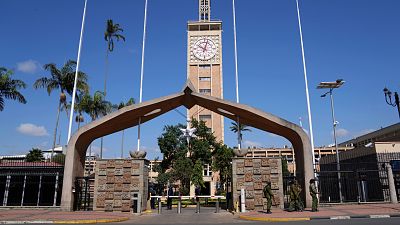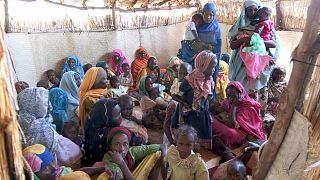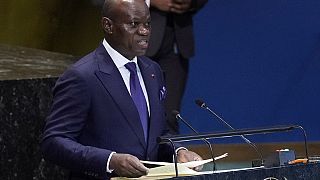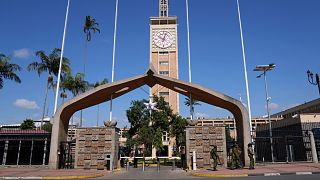Kenya
Kenya is on track to become East Africa’s largest economy by 2025, overtaking regional rival Ethiopia, according to the latest projections from the International Monetary Fund (IMF).
The IMF estimates Kenya’s gross domestic product (GDP) will reach $132 billion, surpassing Ethiopia’s projected $117 billion. The shift marks a significant change in the regional economic hierarchy, driven by contrasting policy choices and macroeconomic conditions in both countries.
Ethiopia’s recent move to devalue its currency, the birr, by more than 55% in 2024 helped the country unlock $3.4 billion in IMF support and $16.6 billion in World Bank funding, aiding efforts to restructure debt and stabilize its economy. However, the decision has led to a surge in inflation and import costs, placing additional strain on a country already grappling with the effects of internal conflict and climate disruptions.
In contrast, Kenya has demonstrated relative macroeconomic resilience. The Kenyan shilling appreciated by 21% in 2024, becoming the world’s best-performing currency, according to market analysts. The surge was supported by a successful $1.5 billion Eurobond issuance, record-high diaspora remittances totaling $4.94 billion, and robust growth in agricultural and manufacturing exports.
Despite strong fundamentals, Kenya has faced its share of domestic turbulence. The government’s controversial Finance Bill 2024, which introduced sweeping tax changes, sparked widespread public protests and led to significant investor losses. In response to the unrest, the government withdrew from a $3.6 billion, four-year IMF program, raising concerns over policy continuity.
Even so, Kenya's economy remains relatively stable, thanks to its diversified structure and improved investor confidence. The country is weathering the global economic slowdown better than many of its regional peers, despite the IMF forecasting a dip in global growth from 3.3% in 2023 to 2.8% in 2024.
Ethiopia had long been seen as East Africa’s economic powerhouse, buoyed by its large population and ambitious infrastructure projects. But recent economic headwinds have exposed vulnerabilities in its development model. Meanwhile, Kenya's open-market approach, diversified revenue streams, and currency stability have enhanced its regional position.
While both countries face ongoing economic uncertainty amid global trade tensions and inflationary pressures, Kenya appears better positioned in the near term.
If current trends hold, Kenya is set to officially become East Africa’s largest economy in 2025, marking a turning point in the regional economic landscape.













Go to video
Eliud Kipchoge returns to the London Marathon
Go to video
Kenya: Ant smuggling suspects set to be sentenced on May 7
01:16
Africa mourns Pope Francis, a voice for peace and justice
Go to video
Kenya: President Ruto arrives in China for four-day state visit
Go to video
World Food Programme to halt aid for 650,000 women and children in Ethiopia
Go to video
Kenyan runners win both male and female races at Boston Marathon 2025